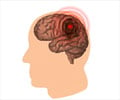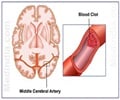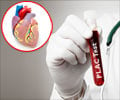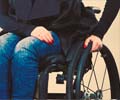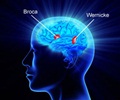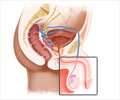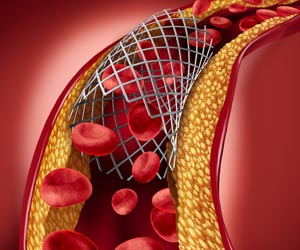Simple walking speed test may be used as a reliable tool to evaluate whether young stroke survivors are ready to return to work, reveals a new study.
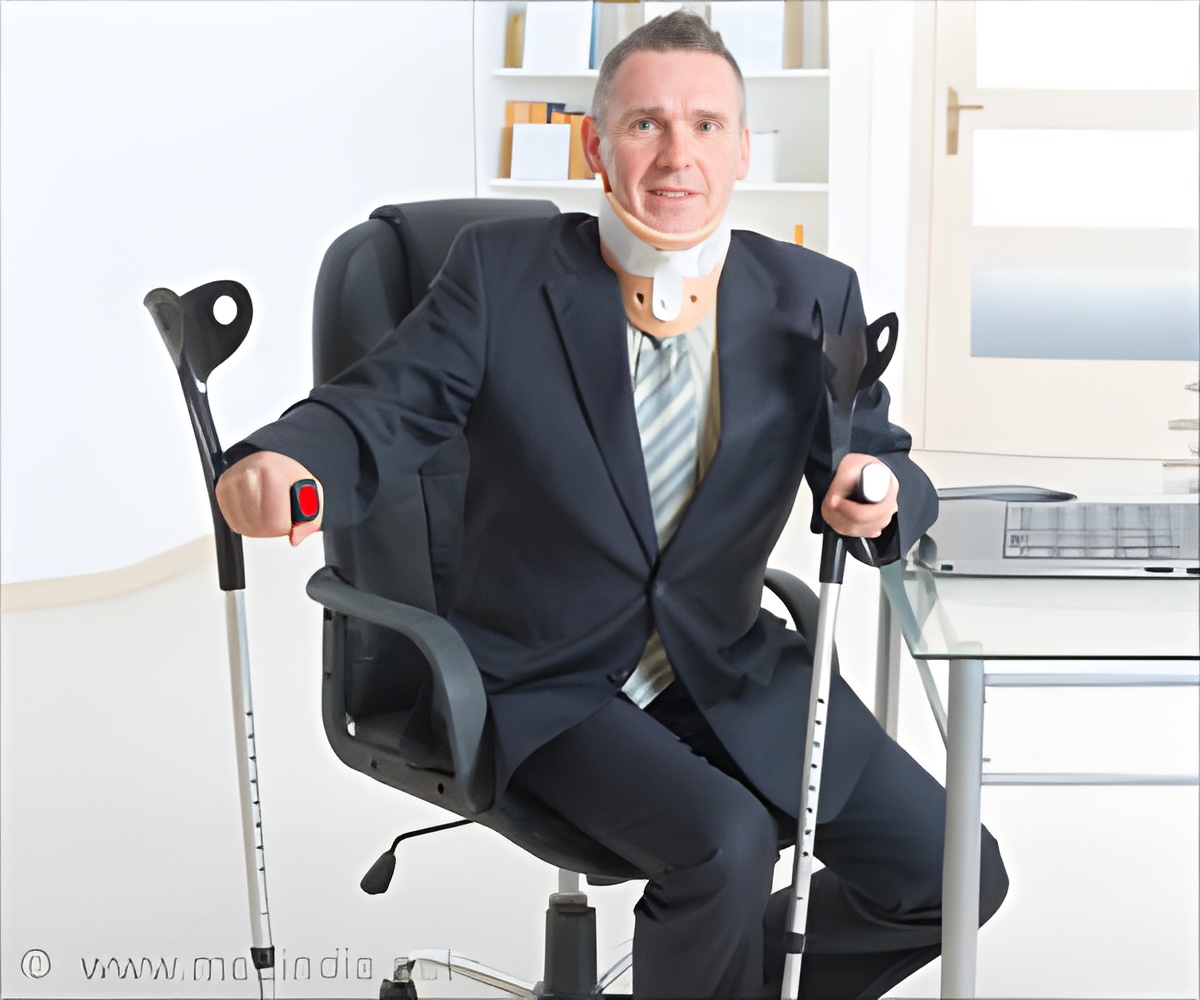
‘Simple walking speed test may be used as a reliable tool to evaluate whether young stroke survivors are ready to return to work. The study findings highlight that walking faster than 3 feet per second predicted a stroke survivor's likelihood of returning to work.’
Read More..




"Stroke affects motor control and motor function. To return to work, you must be able to walk to your car, bus, office and meeting rooms. If you can't walk or you get tired easily, your ability to do your job is going to be seriously impacted," said Hannah Jarvis, Ph.D., lead study author and research associate at Manchester Metropolitan University in Manchester, United Kingdom.Read More..
The research team analyzed the relationship between walking speed and readiness to return to work after stroke. They compared mobility in 46 stroke survivors from Wales, U.K. - between the ages of 18 and 65 - to 15 people who had not had a stroke. Using a walking test, researchers measured how fast and far participants walked in three minutes. A benchmark measure was calculated that predicted readiness to return to work. They found:
A walking speed of more than 3 feet per second was a critical threshold. Stroke survivors walking slower than this were significantly less likely to return to work.
Of the 23% who returned to work, 90% walked faster than the critical threshold. Those who returned to work walked almost 6 feet per second, compared to those who didn't go back to work and only covered about two and a half feet per second.
Young stroke survivors were less efficient at walking (known as metabolic cost of walking) than their healthy counterparts. This means that walking at a similar pace requires more effort and results in becoming tired more easily.
Advertisement
"Walking speed is a really useful tool for clinicians to use to predict return to work. It's simple, low cost and effective. In addition, clinicians can use this measure to guide their patients during rehabilitation. For example, they can focus on increasing walking speed and maintaining quality of walking in order to give their patients a chance of going back to work," Jarvis added.
Advertisement
Source-Eurekalert


